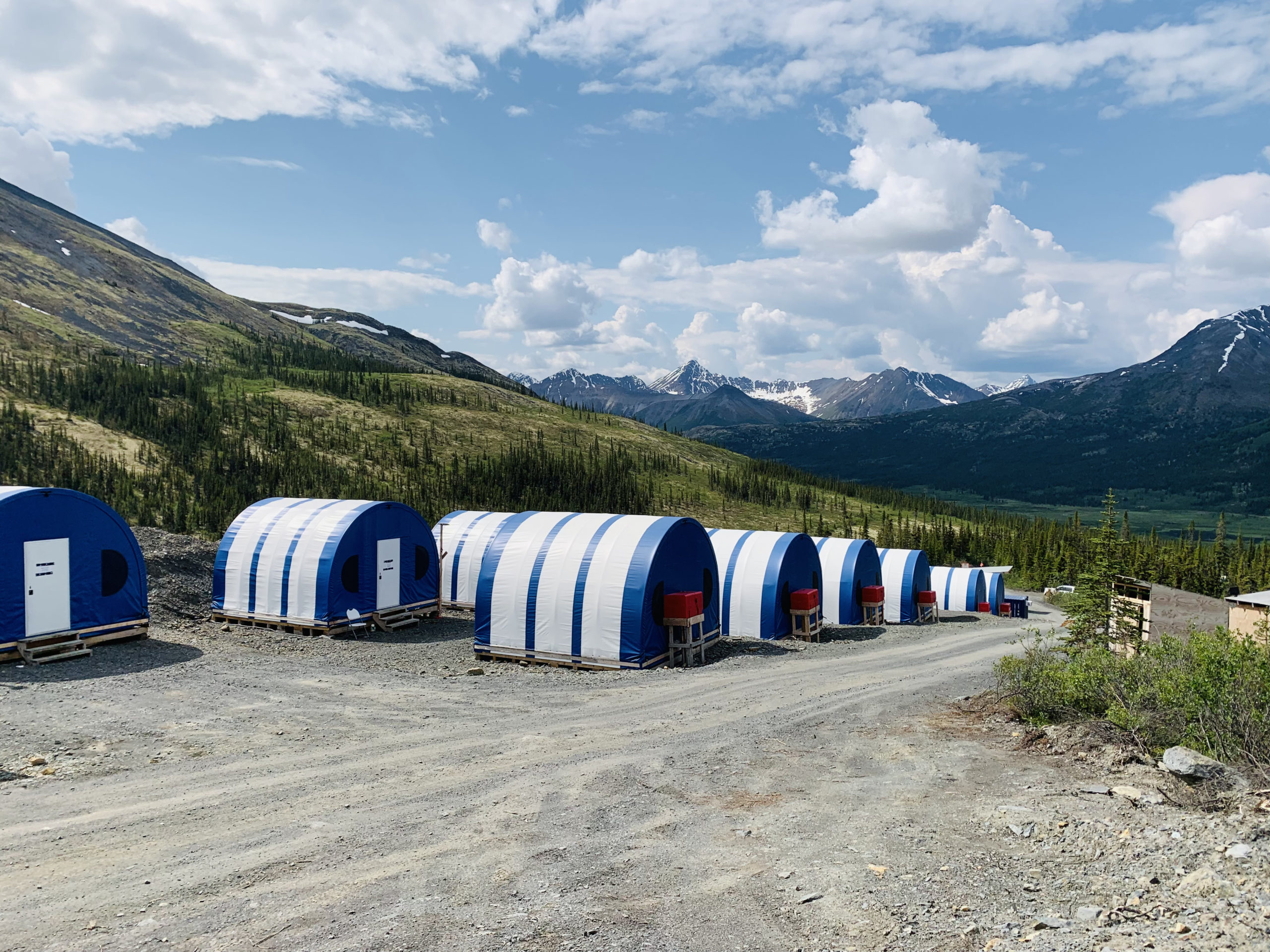“Silver State” Stays True to its Roots
Typical of many mining projects in Nevada, drills, hammers, and even explosives don’t upset the neighbours because there aren’t too many of them around. In fact, aside from snakes, coyotes, and the odd mountain lion, many mine sites in the State are, on most accounts, as far from urban centres as almost anywhere in the country.
And that doesn’t bother the miners in the least because they’re out there looking for riches and not necessarily ways to spend or lose them, especially in a State known for usually taking back more that it gives.
Historically, Nevada had been known as a “gold” state because it did, in fact, produce almost 80% of all the gold in the United States. The advent of disseminated gold leaching technology lead to the state becoming one of the world’s largest gold producers in the 1970s. But long before that, mining in Nevada started with the rich silver veins of the Comstock Load and Treasure Hill districts discovered by prospectors travelling to and from the gold fields of the “Mother Load” in California in 1860.
Today, however, Nevada still contains the second highest amount of silver in the country (Alaska is number one), and because of that, it is known as “The Silver State.”
Regardless of the mineral, the resources in Nevada are plentiful and when it comes to silver, few places match the Taylor Mining District, located on the west flank of the historic Schell Creek Range, about 25 km south of the Town of Ely.
As mentioned at the outset, miners aren’t attracted to Nevada for its urban attractions and the Town of Ely (located about 280 km north of Las Vegas and 320 km east of Reno) is not a distraction in that way because it is a typical small town (pop. 4,255) surrounded by mineral-rich mountains hosting deposits of gold, copper, silver and base metals. Nearby mines include Bald Mountain, Robinson Copper, Alligator Ridge and Ward Mountain.
Ely, Nevada, wasn’t always so quiet. In fact, it was founded as a stagecoach station along the famous Pony Express and Central Overland Route and when copper was discovered in the region in 1906, it became a mining town.
With the discovery of copper came the miners and shortly afterwards, the railroads followed and to this day, rail is still used to ship copper concentrate from the area to Seattle, where it is transported to Japan for smelting.
But silver from the Taylor Mining District (just 15 minutes south of Ely on State Highway 6) is what is attracting miners back to the region and one of those is Vancouver-based Silver Predator Corp.
Since taking over the Taylor property from its sister company Golden Predator Mines US, Silver Predator has also assumed responsibility for a 1,320 tpd mill with flotation and cyanide leach plants.
The Taylor mill complex, dormant for more than 20 years now, consists of primary, secondary and tertiary crushers, eight ball mills, a leaching and counter-current decantation thickening circuit, a flotation circuit, maintenance shop, an assay office, an electrical substation, and a mine office.
While little has been done to maintain the mill, it is still considered to be in very good shape. It will need to have its electrical system and Merril Crowe circuit retrofitted to bring the facility back into production.
As for the Taylor property itself, which consists of approximately 3,900 acres of mining claims, it includes a National Instrument 43-101 compliant resource consisting of 1,123,000 tonnes of 85.71 g/t silver measured mineral resource, and 4,712,000 tonnes of 77.83 g/t Ag indicated mineral resource totaling 14.9 million ounces contained silver; along with an additional 1.9 million ounces of silver from an inferred mineral resource of 687,000 tonnes grading 87.1 g/t silver.
As with all Silver Predator properties, (including its Plata Project in Yukon) exploration drilling is a priority in the company’s business plan and the Taylor Project is no exception.
A total of 3,594 m of angled RC holes were recently drilled at the site to both infill and expand the existing defined resource, and to test for high-grade silver along near vertical veins beneath the disseminated silver deposit.
Highlights from the first 25 holes include SPT11-004 averaging 37 g/t silver over 36.6 m, SPT11-017 assaying 35.3 g/t silver over 27.4 m, SPT11-011 averaging 57.8 g/t silver over 18.3 m, and SPT11-015 assaying 67 g/t silver over 13.7 m.
With results like these, it’s no wonder that Silver Predator is excited about its Taylor Mine and Mill Project in Nevada Even though it doesn’t have neighbours to watch it grow, there’s a good possibility that word will spread throughout the mining community as the company continues to prove that Canadian miners know no boundaries when it comes to developing the world’s resources.





Comments